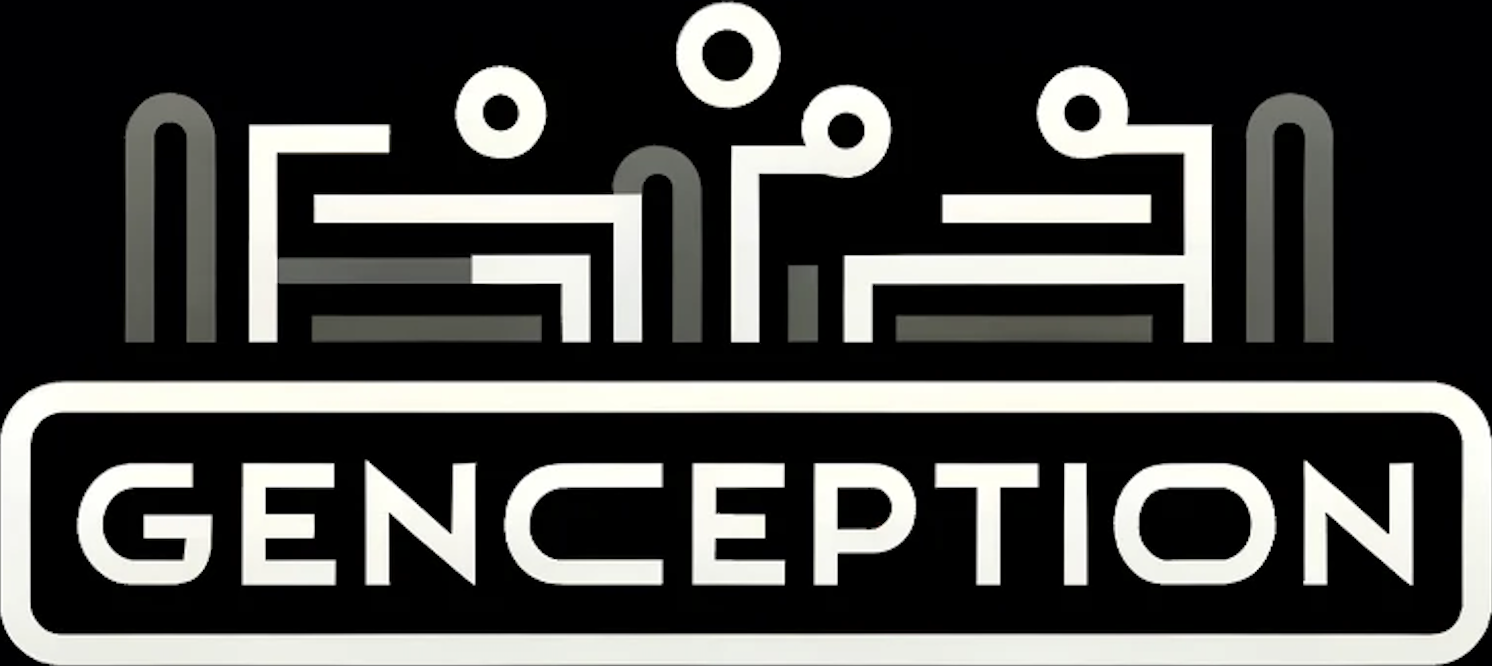🔥🏅️🤗 Leaderboard🏅️🔥 • Contribute • Paper • Citation
GenCeption is an annotation-free MLLM (Multimodal Large Language Model) evaluation framework that merely requires unimodal data to assess inter-modality semantic coherence and inversely reflects the models' inclination to hallucinate.
GenCeption is inspired by a popular multi-player game DrawCeption. Using the image modality as an example, the process begins with a seed image
The GenCeption ranking on MME benchmarking dataset (without using any label) shows a strong correlation with other sophisticated benchmarks such as OpenCompass and HallusionBench. Moreover, the negative correlation with MME scores suggests that GenCeption measures distinct aspects not covered by MME, using the same set of samples. For detailed experimental analysis, please read our paper.
We demostrate a 5-iteration GenCeption procedure below run on a seed images to evaluate 4 VLLMs. Each iteration
The GenCeption evaluation utilizes MME images, you can request it as described here. We recommend to start by creating your virtual environment and installing dependencies:
conda create --name genception python=3.10 -y
conda activate genception
pip install -r requirements.txt
Firsly, you need to make sure setup the MLLM properly. For example, follow this to set up mPLUG-OWL2, follow this to config ChatGPT-4v, follow this to config Claude-3, and so on.
Secondly, you need to create your evaluation code by referring to how it is done for GPT, LLaVa, mPLUG, Claude and so on. Of course, you need to run through your code, for example, GenCeption on GPT-4o (assuming a proper configuration of OPENAI_API_KEY) is run by
python -m genception.exp_gpt --dataset=datasets/examples --model=gpt-4o
Finally, run the following to calculate GC@T (T=3) metric:
python -m genception.evaluation --results_path=datasets/examples/results_gpt-4o --t=3
This will generate a GC@3.json file under the same path.
After evaluating a model, please create a PR (Pull-Request) in the 🤗 Space and add your model details and results to leaderboard/leaderboard.json. This will add your results to the 🔥🏅️Leaderboard🏅️🔥.
To add your evaluation code, please submit a PR in this GitHub repository.
@article{cao2023genception,
author = {Lele Cao and
Valentin Buchner and
Zineb Senane and
Fangkai Yang},
title = {{GenCeption}: Evaluate Multimodal LLMs with Unlabeled Unimodal Data},
year={2023},
journal={arXiv preprint arXiv:2402.14973},
primaryClass={cs.AI,cs.CL,cs.LG}
}

